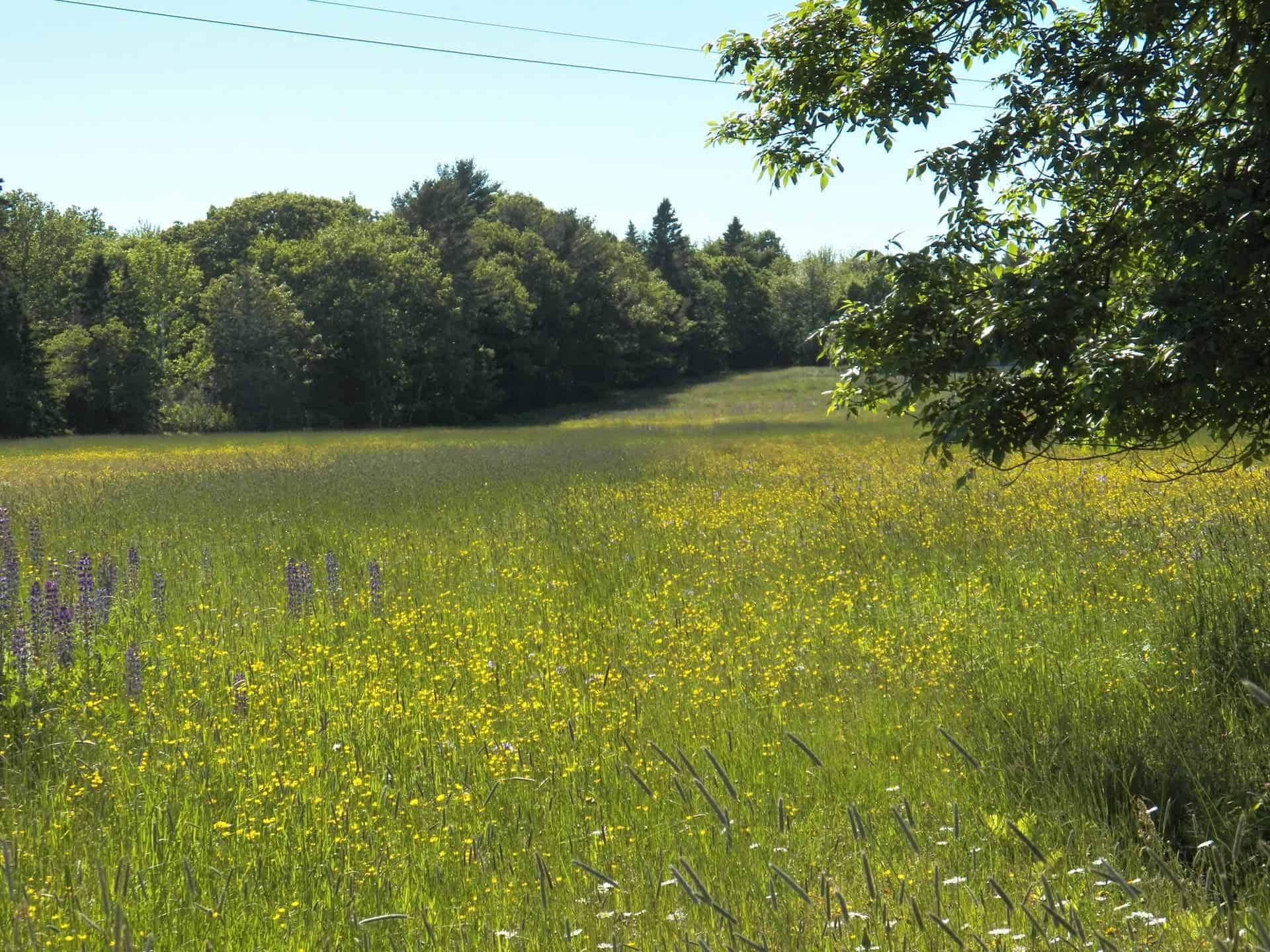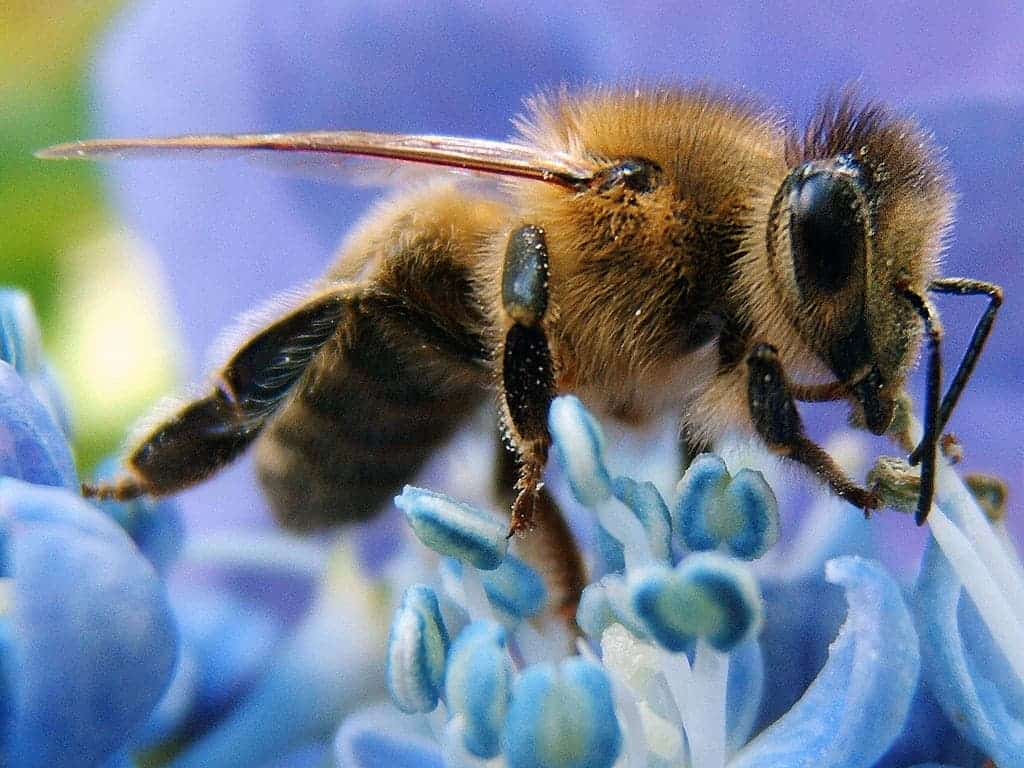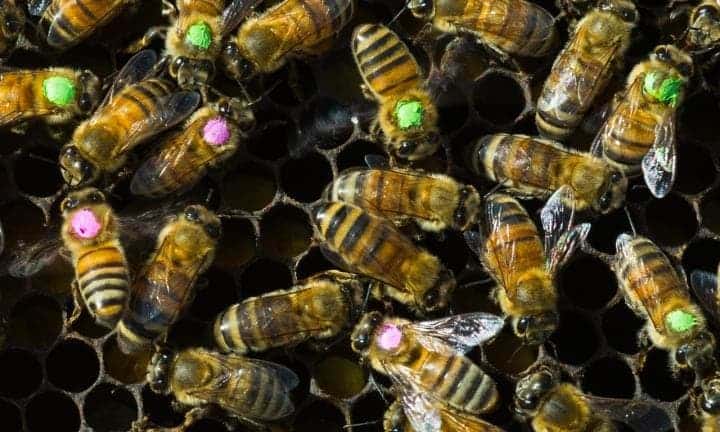The gut can be compared to a healthy meadow, with an assortment of clovers, grasses, and flowers working together to look nice and function well. Similarly, in the gut, there are many beneficial bacteria that work together to help with digestion and immunity. However, taking antibiotics is equivalent to ripping all the plants out. After this flourishing microbial system is removed, the animal or human is vulnerable to foreign bacteria. The same healthy bacteria may never be replaced! This is similar to how water can wash away bare soil or weeds can invade.


Antibiotics are overprescribed in modern society to kill harmful bacteria. In the process, they also destroy beneficial bacteria. Researchers at the University of Texas at Austin studied how a common antibiotic affects honeybees — the antibiotics actually reduced the survival of honeybees. They decreased the number of beneficial bacteria in the gut, allowing harmful bacteria in, and killing bees. The overuse of antibiotics can actually have the opposite as intended, and cause more harm than good! Infections following antibiotics are a major medical issue, in both bees and humans.
Bees
Bees are actually a good model system to study the effect of antibiotics on gut bacteria. They are comparable to humans in that they contain specialized bacteria in their guts that modulate behaviour, development, and immunity. However, bees are easier to study than humans because they only have eight main bacterial species.
Bees are also a species of special importance because they are essential in pollinating many commercial vegetables and fruit, and unfortunately, their numbers are on the decline. Understanding how antibiotics affect bees could be one piece in the puzzle of why they aren’t doing so well.

Antibiotics caused more bees to die
For the experiments, honeybees were treated with the common antibiotic tetracycline. Bees from long-term hives were taken into the lab. Some bees were fed a sweet syrup with antibiotics and some were just fed a sweet syrup. After five days of treatment, they were returned to their hives. Afterward, researchers counted their survival and sampled gut bacteria. The total number of bacteria dropped in the treated bees and half of the helpful bacterial species were almost wiped out.

About a third of antibiotic-treated bees survived for a week, while two-thirds of the untreated bees survived. The bees that were given antibiotics did not regain a healthy bacteria composition in their guts after a week. This means that gut bacteria doesn’t recover quickly and possibly not at all. The researchers found a lot of the pathogenic bacteria Serratia (which harms humans and other animals) in these bees. They exposed these bees to this bacteria and observed much higher mortality than with normal (non-treated) bees. The normal bees were much more resistant to the pathogen, suggesting that the healthy bacteria formed a defense against it.
Why is this important?
This discovery is important for managing bees. Although many factors contribute to colony collapse and the death of bees, antibiotics could be another factor added to pesticides, habitat loss, and bacterial infections. Antibiotics are given to large-scale commercial hives several times a year to prevent bacterial infection. However, this practice could be making bees more susceptible to harmful bacteria in the long run. Tetracycline, one of the most common antibiotics applied to bees, is also commonly used for humans and livestock. As it is used so commonly, many bacteria have developed a resistance to it. Harm
In addition, this result should be a lesson to humans. Overusing antibiotics gets rid of the protection of healthy gut bacteria, and could actually be making us sicker in the long run.






